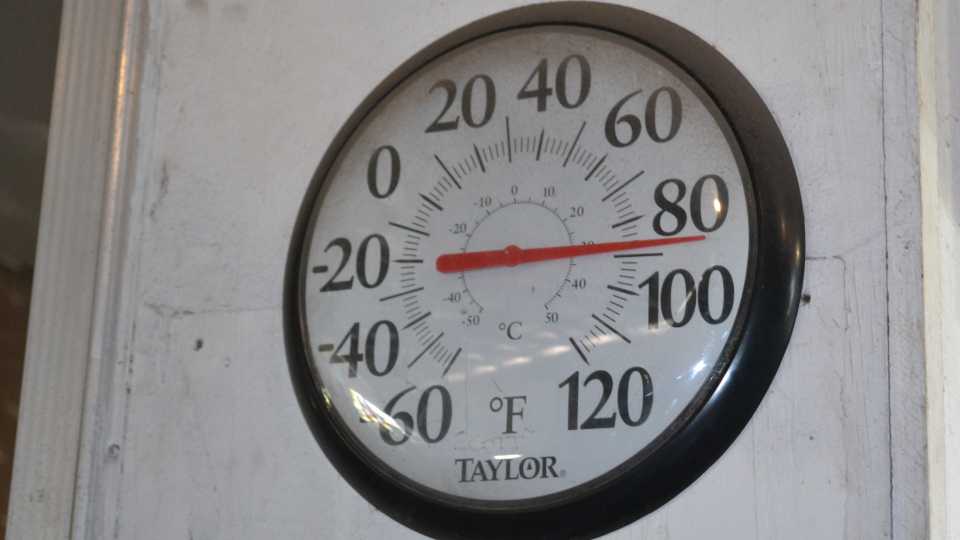Essentials Of Sustainability: Conserving Soil Health
Sustainable vegetable growers face a common dilemma — i.e., the need to expend soil organic matter (SOM) during crop production (P) to obtain profitable crop yields versus the need to conserve or buildup SOM to sustain or enhance production capacity (PC). Thus, to be sustainable, growers must develop a profitable and functional P/PC balance.
To achieve a desirable P/PC balance, growers should strive to minimize wasteful loss of SOM during crop production and/or maximize buildup of SOM during the fallow period (off-season, when cash crops are not grown). This article describes and provides grower examples of specific off-season cultural practices that can build up active SOM to levels that equal or even surpass the quantity spent during crop production. Without off-season efforts to restore active SOM, crop yield and farm profits will eventually decline.
Some growers erroneously believe that “bigger is better” and that cropping large acreage or the whole farm will always generate more net income (profit) than cropping only a portion or even half of the farm. Often, greater profits can be obtained by optimizing management and efficient input use on smaller areas, as opposed to “hurried” management and inefficient input use when cropping all available acreage. In addition, optimizing management on a smaller portion of a grower’s farm allows more time and means to build up active SOM and production capacity of the remaining portion.
Practices That Conserve SOM
Practice reduced tillage. Limit tillage and only till to achieve a specific purpose. Immediately after final vegetable harvest, chisel, plow, or subsoil compacted soils. Shallow till when needed to kill weeds and incorporate applied soil amendments and crop residues.
Keep soil covered with annual or perennial cover crops. Establish cover crops after final harvest, preferably using appropriate seed drills or spin seeders followed by shallow incorporation. When economically feasible, apply compost or manure and irrigate to achieve uniform dense stands and maximize growth of cover crops.
Maximize duration of fallow period. Multiple-year fallow periods (18 to 21 months) are ideal to reduce the weed seedbank and buildup SOM. Often, effectively growing only one cash crop every other year in each field can achieve both high annual net farm income and over time increase levels of active SOM, resulting in greater production capacity and future profits.
Grower Examples
Eric and Anne Nordell (north central Pennsylvania). Over the past 20-plus years, Eric and Anne have used innovative cover cropping techniques and on-farm-generated manure-based compost to provide nutrients and maintain a highly productive level of active SOM. They have significantly reduced the weed seedbank throughout their farm by following a four-year “weed the soil, not the crop” rotational system, in which they plant one cash crop every two years in each field unit. During the 18- to 21-month fallow period, the soil is kept covered with grass-legume cover crops, except for brief six- to 10-week intervals when the soil is shallow cultivated to kill weed seedlings. The Nordells have shown that efforts expended to maintain active SOM and lower the weed seedbank have been richly compensated by decreased labor and input costs and increased net income per acre of vegetables produced.
Alex and Betsy Hitt (Peregrine Farm, North Carolina). Over the past 16-plus years, the Hitts have developed a system that maintains or improves active SOM content by conscientious use of biculture cover crops, soil amendments, and reduced-tillage techniques. Similar to the Nordells, Peregrine Farm is divided into functional rotational units in which 1) soil testing and soil amendments are used regularly to achieve nutrient balance; 2) diverse cover crops are used either as green manure or a no-till mulch; and 3) intensive vegetable-flower rotations enhance both soil health and pest management. The Hitts have shown that long-term implementation of their P/PC sustainable farm practices have resulted in less purchased inputs and increased net farm income.









